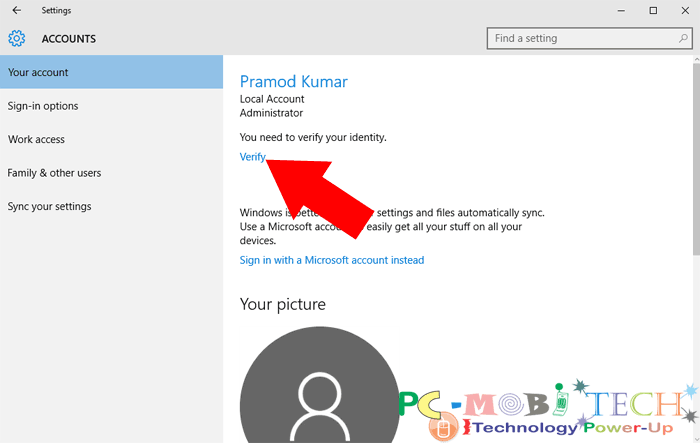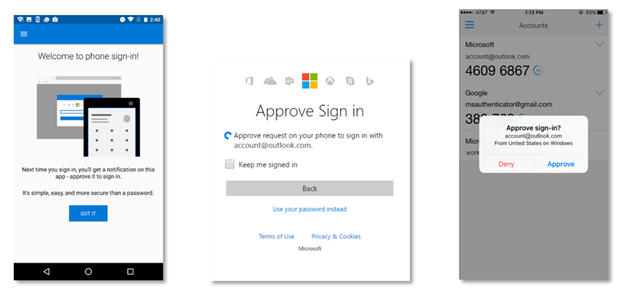
- #How to authenticate my microsoft account windows 10#
- #How to authenticate my microsoft account verification#
- #How to authenticate my microsoft account password#
#How to authenticate my microsoft account password#
That said, if you do, then there's no real rush to dump your password access route to be honest. That's becuase most people don't have unique, long, complex, random passwords for every account and use a password manager to, well, manage them. Even taking into account the physical separation of second-factors I mentioned earlier, and the reliance on your smartphone, it's still a win-win for most people, most of the time. No, it isn't 100% secure but then nothing is. Most people within the cybersecurity community I have spoken with about Microsoft flicking this passwordless option switch agree it's a positive move towards more secure authentication for the average user.
#How to authenticate my microsoft account windows 10#
Will you delete your Windows 10 password?

Microsoft recommends, therefore, that those users currently signing into Windows with a local account switch to using a Microsoft one instead, and there's a helpful guide to doing that. "When you add your Microsoft Account to Windows, you just sign-in and go with access your favorite Microsoft products and services with just one login," the spokesperson says, adding "you can now go passwordless using Windows Hello, where you have the option to completely remove your password from your windows sign in for added security."

To clarify, this means that Windows 10 or 11 users can take advantage of the improved security on offer without passwords, but they must be using the Microsoft account option to do so. The Microsoft spokesperson confirmed that deleting the password from a Microsoft account will provide a "more secure, simple, and fast way to authenticate" and "completely remove your password from your Windows sign-in for added security." This could lead to the confusing situation whereby a user could go passwordless as far as their Microsoft account is concerned but still need a password (even if only in the background behind Windows Hello) for their Windows 10 or 11 access. OK, that led me to ask about Windows specifically because not everyone uses a Microsoft account to sign in on their Windows platform some prefer to use a local account instead. As always, it's not quite that clear cut as things like biometric controls to get past the lockscreen and a PIN to unlock your sim card if the phone is reset also need to be taken into account here.

Anyone getting access to your phone could potentially get your primary and secondary authentication details.
#How to authenticate my microsoft account verification#
You might have spotted a problem here if you are using the app on the same phone number as one of those other verification methods. However, if the user enables two-step verification on the account, which is still possible and still recommended, then "they will need to provide codes sent to two different verification options." "If a user loses access to the Microsoft Authenticator app for whatever reason," a Microsoft spokesperson told me, "they can still recover their account if they have access to their other verification options, such as an email or phone number." As standard, this would simply be one code, and you are back in.


 0 kommentar(er)
0 kommentar(er)
